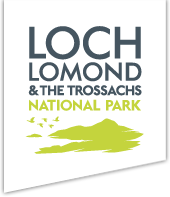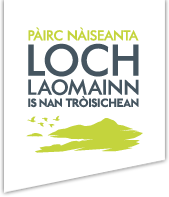
Land, Forestry and Agriculture
How we use land and water needs to change to address the climate and nature crises, as well as continuing to deliver food and timber production and recreational benefits.
Challenge
Our peatlands and forests hold an estimated 22 mtCO2e between them but right now, our peatlands are actually a large source of greenhouse gas emissions in the National Park. This is because exposed and drained peatland soils actively release greenhouse gases into the atmosphere.
For our forests and woodlands to store greater volumes of greenhouse gases they need to expand and regenerate more freely and naturally, less impacted by grazing animals, invasive Rhododendron and increasing levels of tree diseases exacerbated by a warming climate.
There are also challenges in filling the jobs and developing the skills needed to manage nature and land use. For example, lack of capacity from contractors and availability of specialist infrastructure and mechanisms to deliver peatland restoration, woodland expansion, wild deer and invasive species control on a larger scale.

Solution
We need to shift how we use land towards more regenerative, nature friendly systems.
Expanding and improving the quality of our forests and woodlands through active management, including new planting, re-stocking, natural regeneration and better management of grazing animals and Invasive Non-Native Species, will increase their health and resilience and connect forest areas in the National Park.
Improving soil health through regenerative farming will reduce emissions and create benefits for farmers.
We also need to look at funding for land use. Although still a young financial market, private ‘green finance’ opportunities such as carbon credit schemes, and potentially biodiversity credits, could bring new finance to help deliver nature restoration. If managed well and ethically this could also bring benefits to local communities.
As well as private finance, the future of public funding for agriculture is also changing through the Scottish Government’s Agriculture Bill, which is expected to come into effect in 2026. Through this process there is a need to consider how some traditional agriculture incentives should also apply to land uses that deliver positive outcomes for nature and climate.
Goal
The goal is for the National Park to be an exemplar of regenerative land use delivering a wider range of private, public and community benefits.
Steps to be taken
- Support more regenerative land use
- Invest in nature restoration
- Encourage land use that benefits everyone
- Connecting nature at landscape scale
- More land managed for nature
- Reduce key pressures on nature
- Make the best use of land and assets

